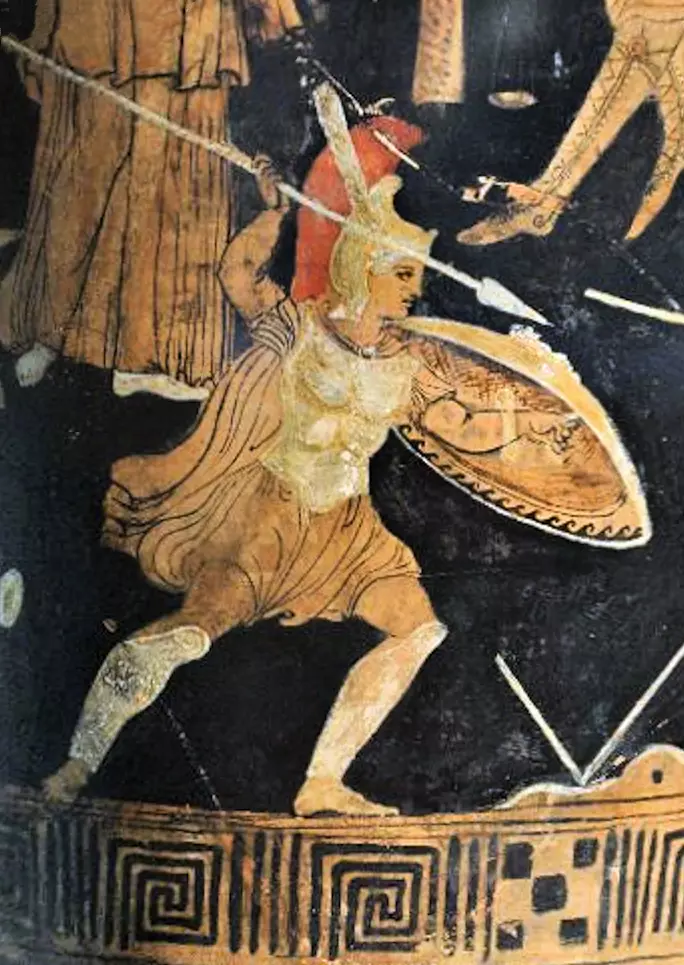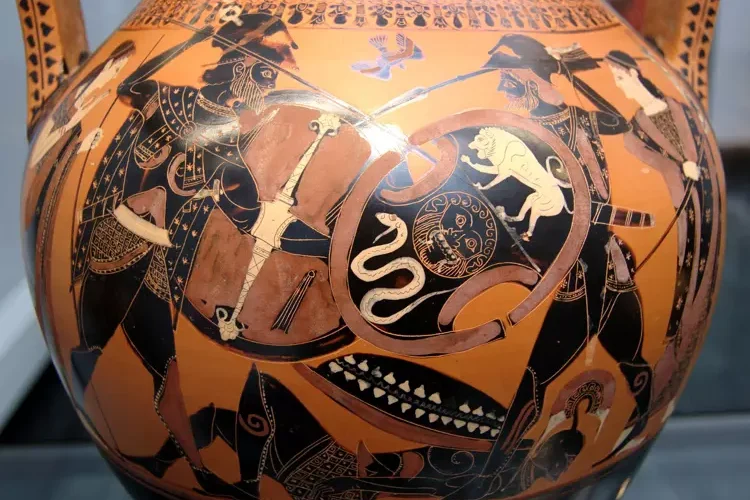In 1994, Dr. Jonathan Shay, a renowned psychiatrist, brought forth an exceptional work that helped redefine our understanding of war-induced trauma. The book, “Achilles in Vietnam: Combat Trauma and the Undoing of Character,” fuses the ancient tales of Homer’s “Iliad” with the haunting personal narratives of Vietnam veterans.
Shay’s masterpiece illuminates the enduring nature of war’s psychological impacts, helping us to better comprehend the painful reality of combat-induced post-traumatic stress disorder (PTSD) experienced by countless veterans. It offers a unique perspective on PTSD and its connection to what Shay refers to as “moral injury.”
Jonathan’s work is a masterful comparison of Achilles’ experiences in the ancient Greek epic “Iliad” and the trauma of Vietnam War veterans. This unique juxtaposition offers a profound understanding of the timeless nature of war’s psychological impacts.
Achilles, the formidable warrior in the “Iliad,” is seen by Shay as a symbolic representation of a traumatized soldier. The grief, rage, and moral distress that Achilles experiences after the death of his friend Patroclus and the dishonor he feels due to Agamemnon’s actions, resonate strongly with the emotions experienced by the Vietnam veterans.

In these veterans, Shay identifies echoes of Achilles’ sense of betrayal, social isolation, guilt, and the despair that can accompany the loss of comrades in battle. In analyzing these parallels, Shay offers an illuminating perspective on the concept of “moral injury,” showing how violations of deeply held moral beliefs can lead to profound psychological damage, an insight that has deeply influenced our understanding and treatment of PTSD.
Through this mirroring of Achilles’ and veterans’ experiences, Shay makes evident the timeless and universal nature of war-induced trauma, opening avenues for deeper understanding and more effective treatment of PTSD.
His central thesis revolves around the concept of “moral injury,” a term he coins to describe the deep psychological, social, and physiological outcomes of the betrayal of “what’s right” by someone in authority in high-risk situations. Shay argues that such moral injuries are critical elements in combat-related PTSD, significantly influencing a soldier’s character and psyche.
The book discusses the eerie similarities between the trauma described in the “Iliad” and the experiences of Vietnam veterans. For instance, Shay draws attention to the shared experience of seeing comrades fall in battle, a grief that neither time nor civilization has changed. He further identifies themes such as betrayal by commanding officers, guilt, and social isolation upon return from war, underscoring how these elements compound the traumatic experience.
“Achilles in Vietnam” also emphasizes the crucial role that community and societal responses play in a soldier’s journey towards healing. Shay illustrates that the disconnect between the war front and home, the indifference, or misunderstanding shown by society can exacerbate a soldier’s trauma. He advocates for a collective responsibility to foster an environment conducive to healing and reintegration for our veterans.
What sets Shay’s work apart is not only his innovative approach of comparing ancient literature with modern trauma but also his empathetic storytelling. The book resounds with the voices of Vietnam veterans, their stories filled with pain, resilience, and, at times, desolation. It urges the reader to bear witness to the struggles of these veterans, to empathize, understand, and ideally, to act.
“Achilles in Vietnam: Combat Trauma and the Undoing of Character” has had a profound impact on the study of PTSD, reshaping how we understand, treat, and address the condition. By highlighting the concept of moral injury, Shay has broadened the scope of PTSD beyond the realm of individual pathology to include societal, cultural, and moral dimensions. This exceptional work has paved the way for further research into PTSD and has reshaped therapeutic interventions for combat veterans and others afflicted by this disorder.
Disclaimer
The information provided in this article is for general informational purposes only. The content presented on this website should be considered solely as opinions and personal experiences. Read more
